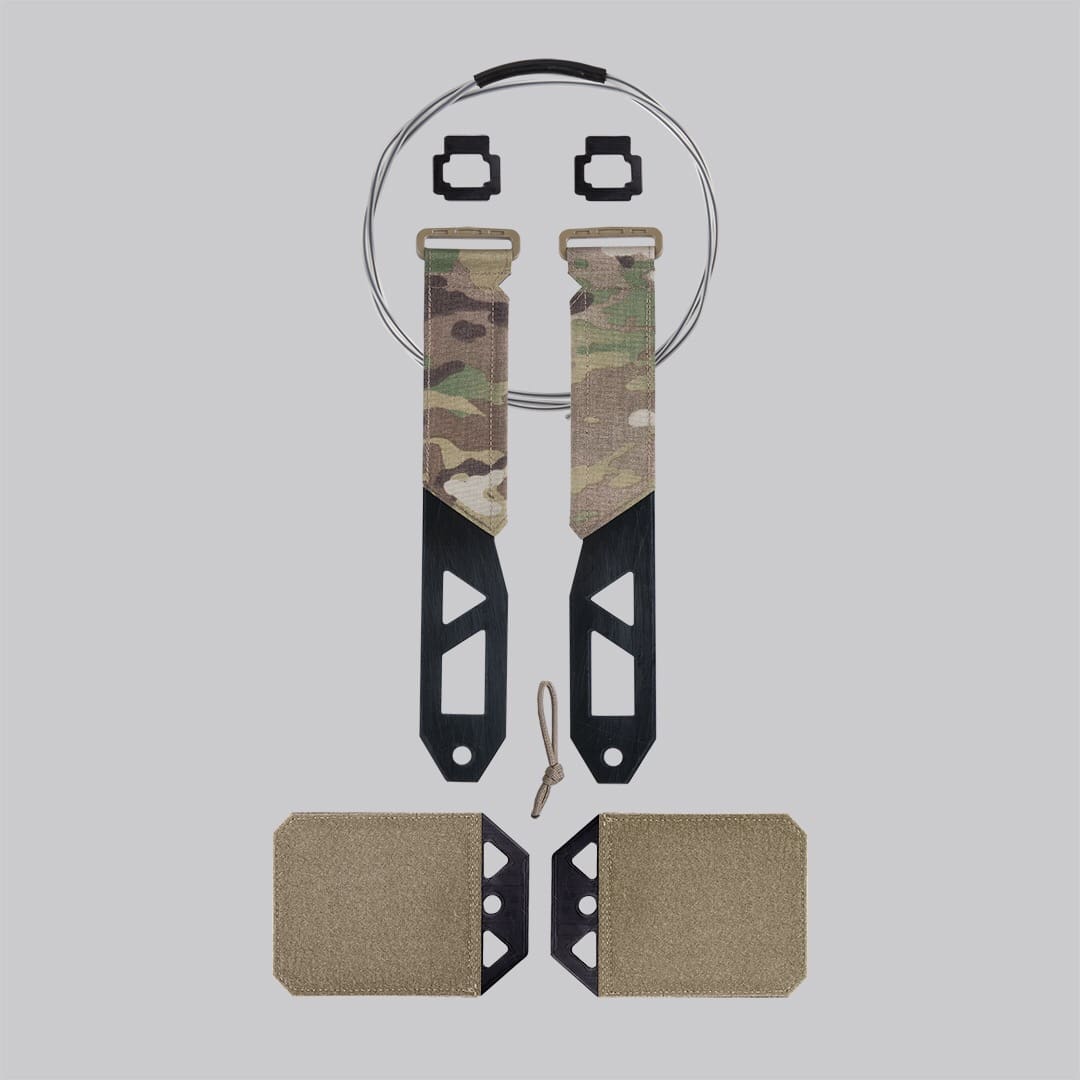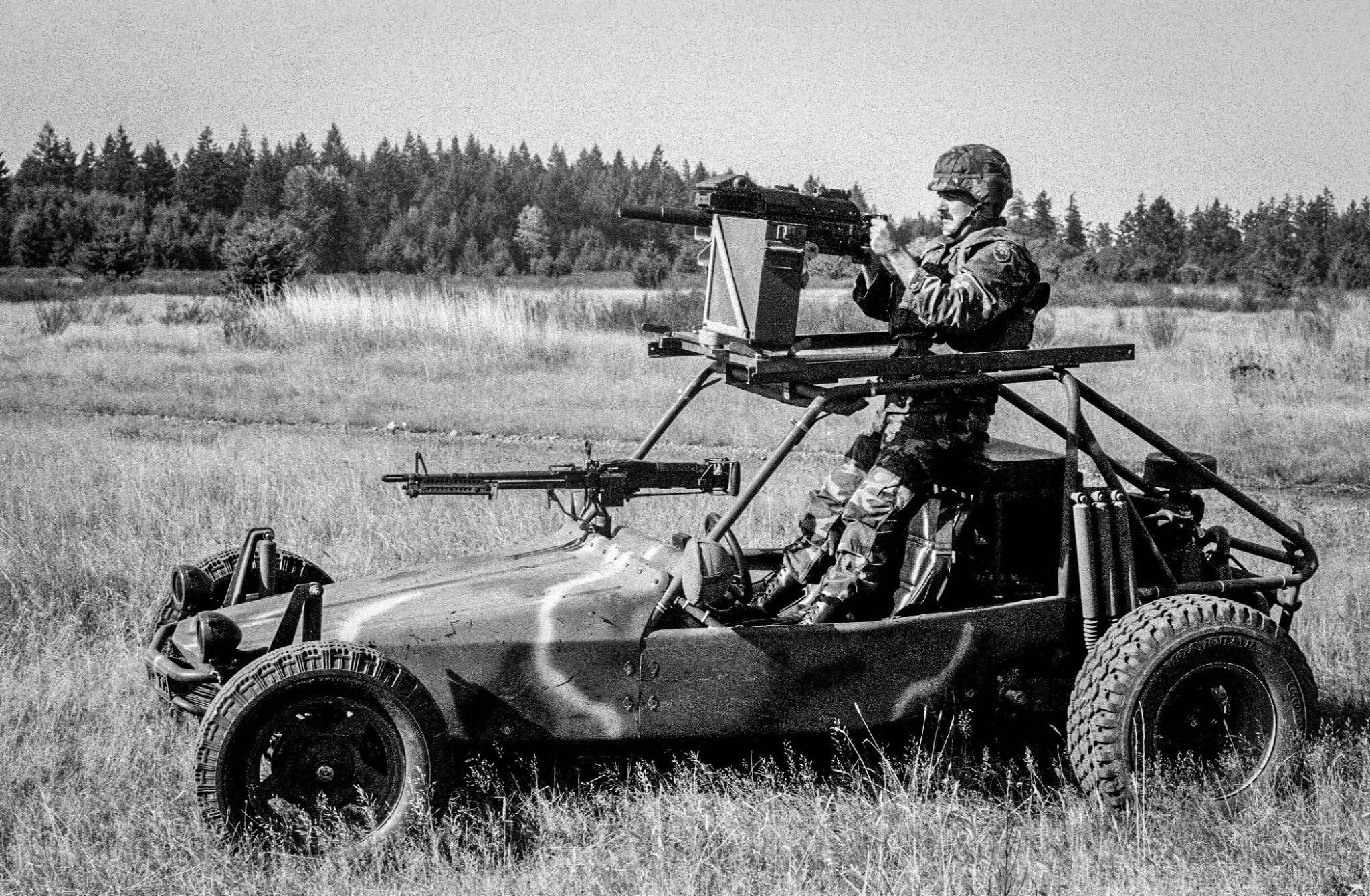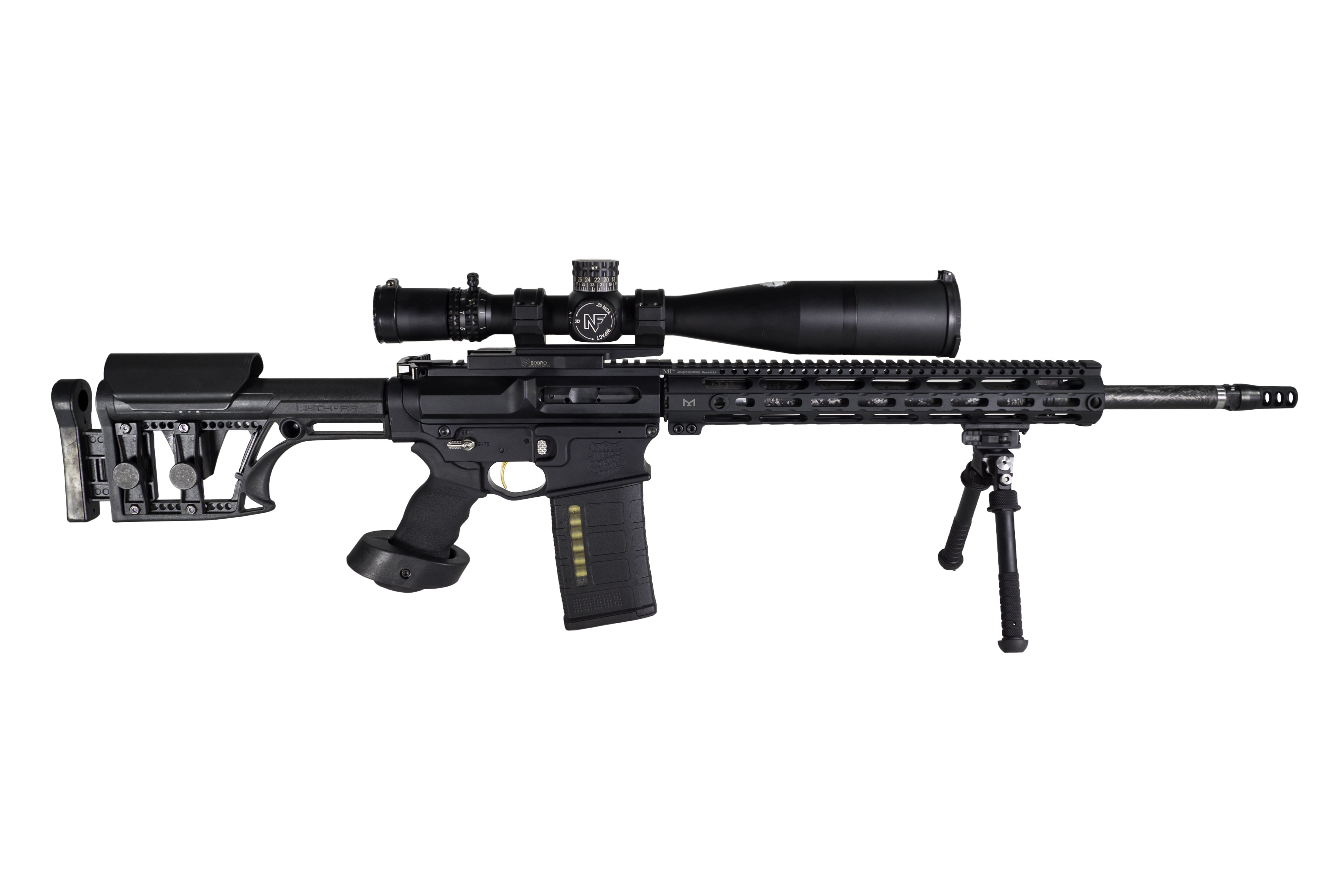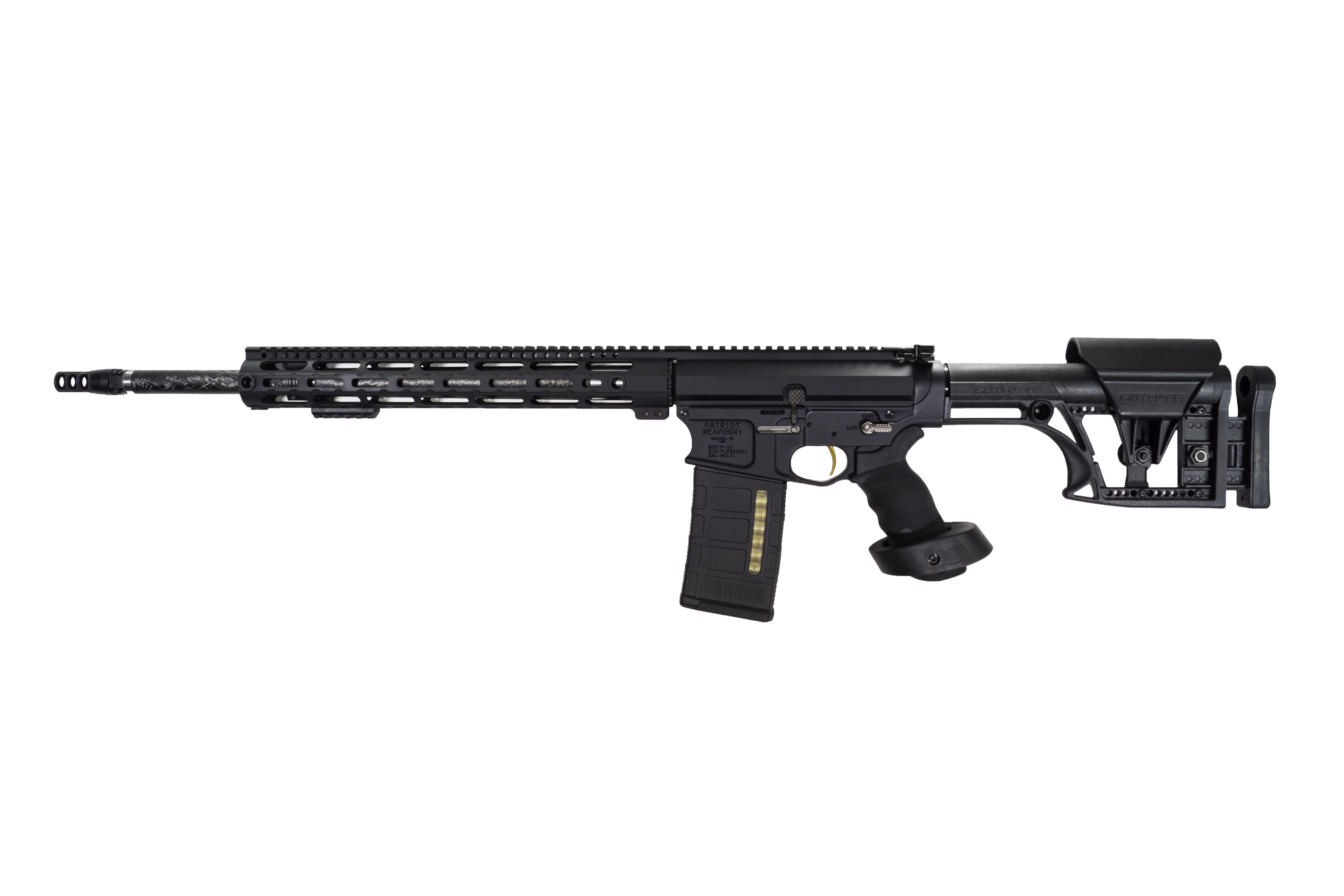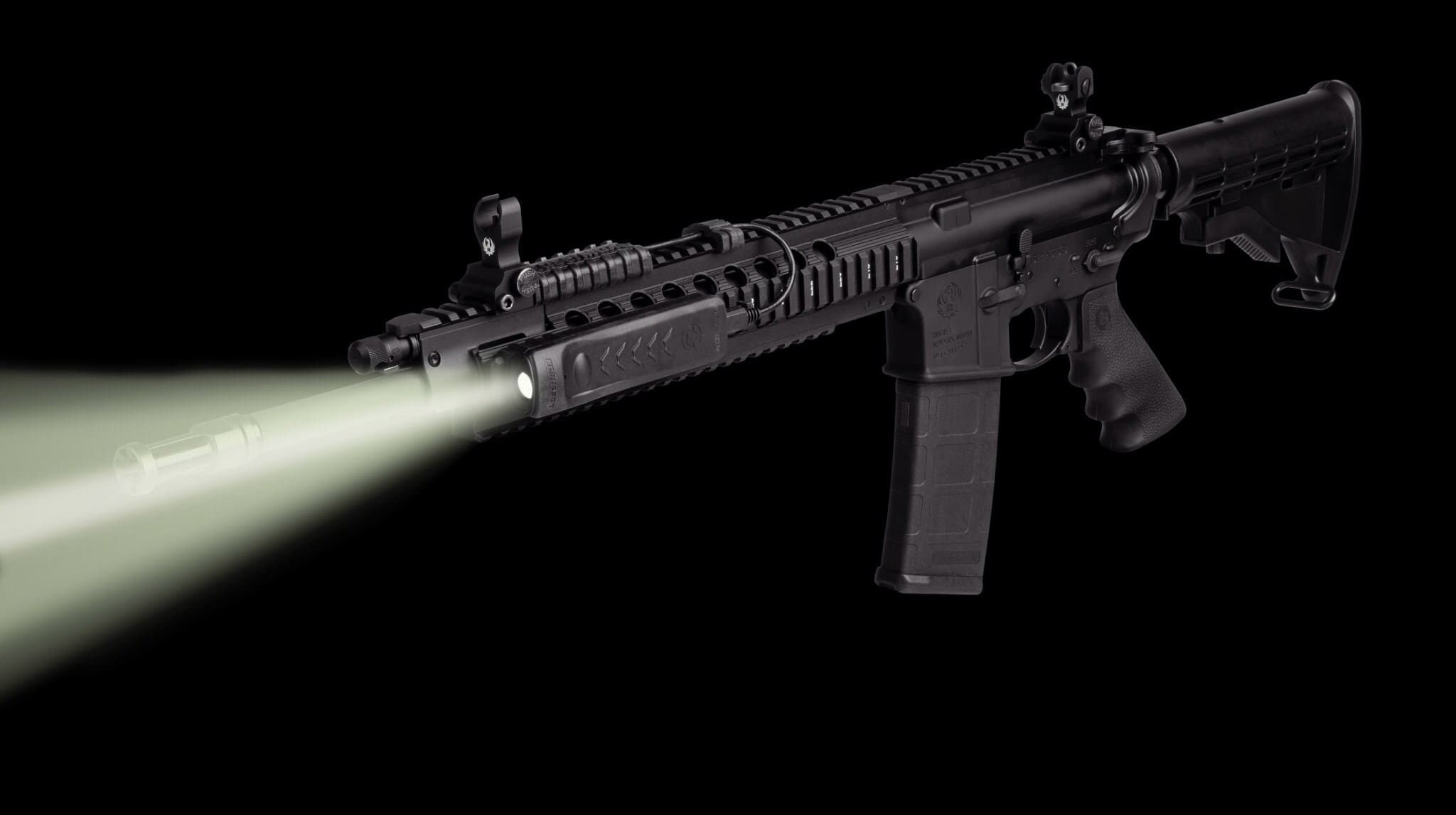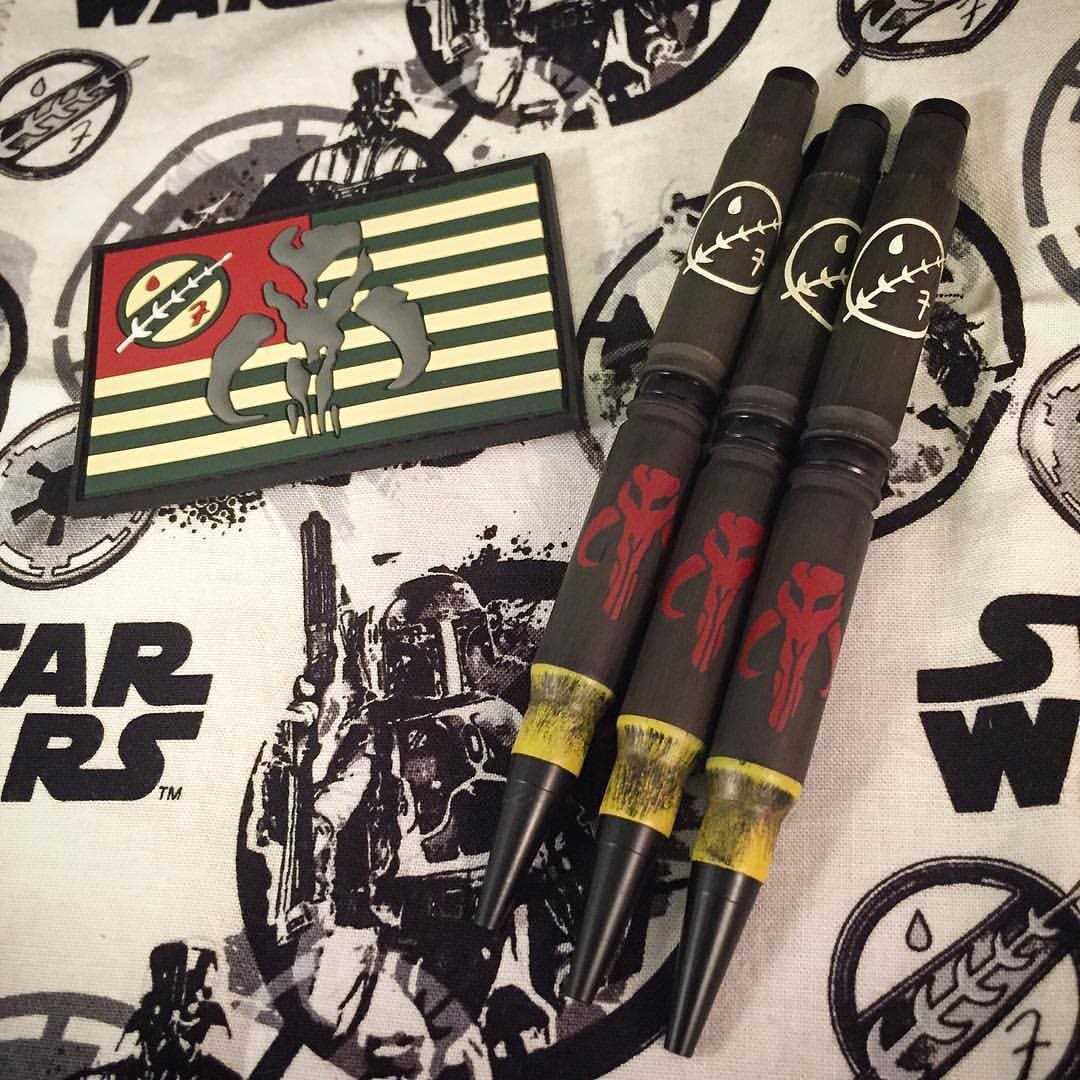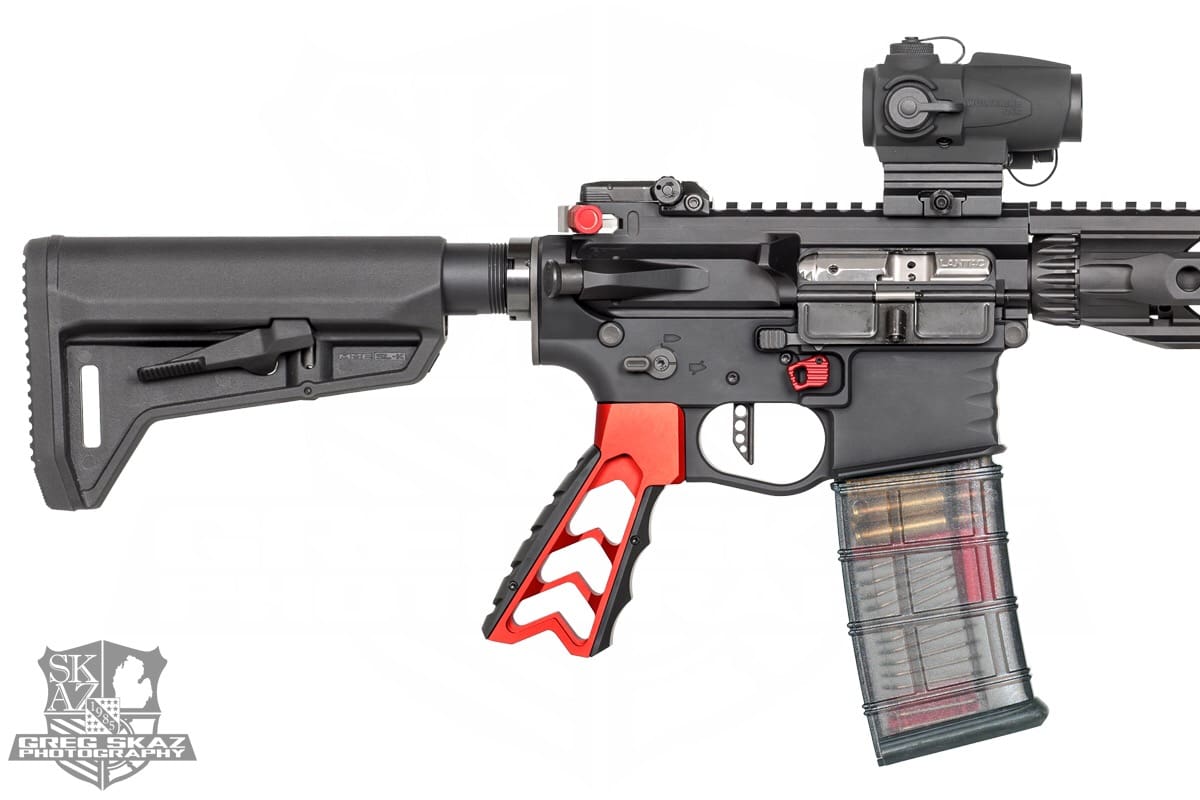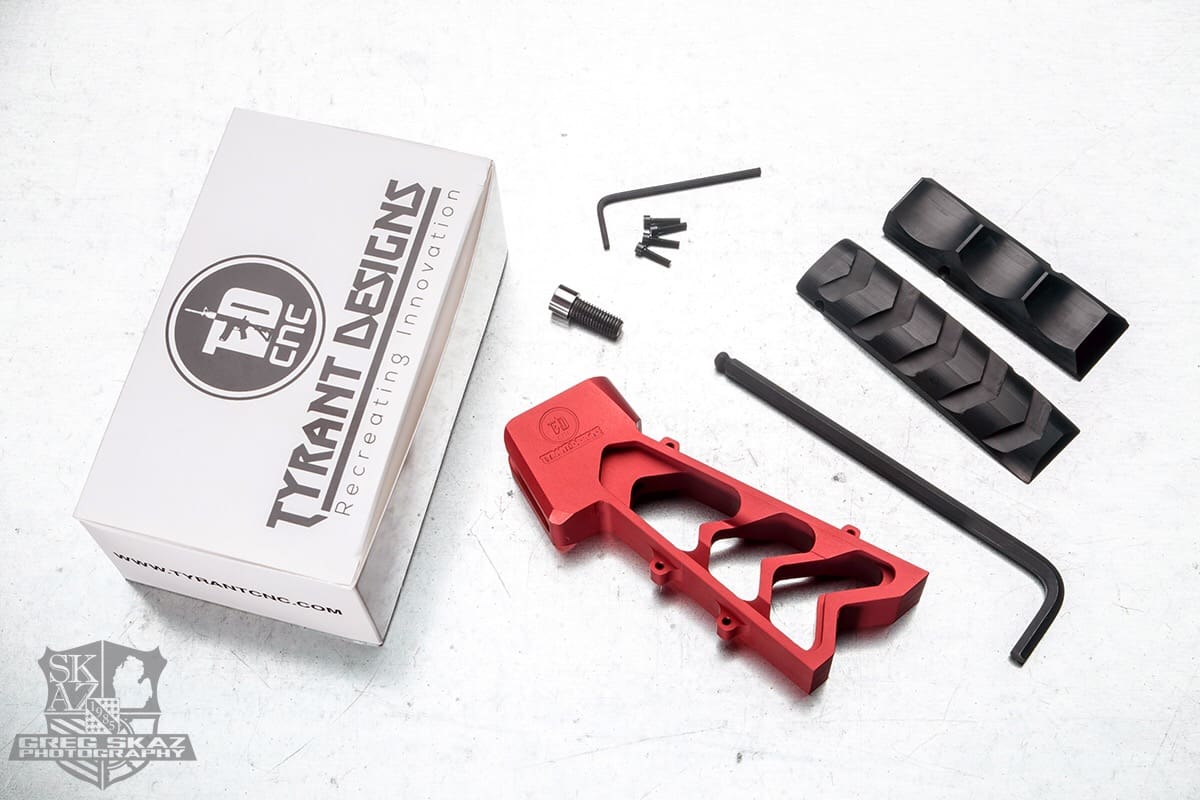Not so sure that this is something you want to be awarding to the lowest bidder.
This is a pre-solicitation notice for commercial items, Synopsis is as follows.
A separate written solicitation will be issued as a Request for Quote (RFQ) on or after 14 June, 2016. The solicitation document and incorporated provisions and clauses are those in effect through Federal Acquisition Circular 2005-72. The North American Industrial Classification System codes is 813110.
Required Items and Descriptions are as follows:
CLIN 0001: Roman Catholic Priest Services
CLIN 1001: Roman Catholic Priest Services
The Government intends to make the award in accordance with the FAR Lowest Price Technically Acceptable (LPTA) source selection process. The offer must be determined to be technically acceptable before being considered further. The LPTA does not permit trade offs between price and non-price factors.


